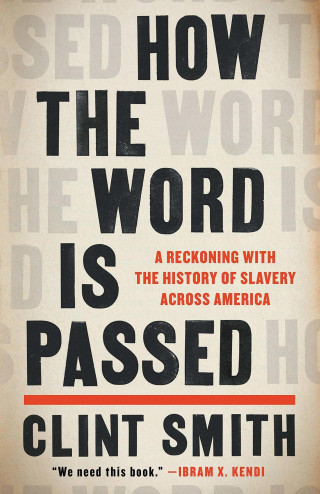But the more complex version of the story is not all negative. Jefferson did a lot of good for many people, even as he also did a lot of harm to many people. America itself has helped many millions of people, even as it has also enacted violence on many millions of people.
This duality made intuitive sense to the students. They understood that their country and its heroes, like all of us, aren’t perfect—that everyone makes mistakes, even if we don’t immediately understand them as such. What we do is try to learn from our mistakes to become better versions of ourselves.
“Doesn’t seem that hard,” an eighth grader in Memphis said, shrugging her shoulders. “Just say both things.”
Starting with Jefferson and everything he represents helped set the tone for the rest of my discussions with students. I visited public schools and private schools; schools where a Black child stood out among a sea of white faces and schools where there wasn’t a white child in sight. I spent time with kids in fourth grade and all the way up to 12th grade.
Everywhere I went, I thought about my own experience growing up in New Orleans in the ’90s and aughts, a time when commentators such as Pat Buchanan and Dinesh D’Souza routinely suggested that Black people themselves were primarily to blame for the country’s racism and inequality—that Black people hadn’t worked hard enough or behaved the right way. During my childhood, Charles Murray and Richard Herrnstein wrote a book suggesting that Black people were genetically predisposed to have a lower IQ than white people. Even some within the Black community, including celebrities like Bill Cosby and scholars like Thomas Sowell, inveighed against Black people’s ostensible moral failings while either trivializing or saying nothing about the history of public policy that created a chasm between Black and white communities. Encountering these messages on television, in newspapers, and even in school led me to internalize them, which left me confused and ashamed.
Not until college and graduate school did I understand—through books, art, and excellent teachers—that American racial inequality could be traced directly to 250 years of slavery, 80 years of Jim Crow apartheid, and decades of laws that gave white people resources to go to school, get a job, and buy a home while denying those same resources to Black people. This context freed me from a sense of shame, and helped me see that the present-day reality was a social and political construct. It could thus be reconstructed into something better—but only if we understood where it came from.
